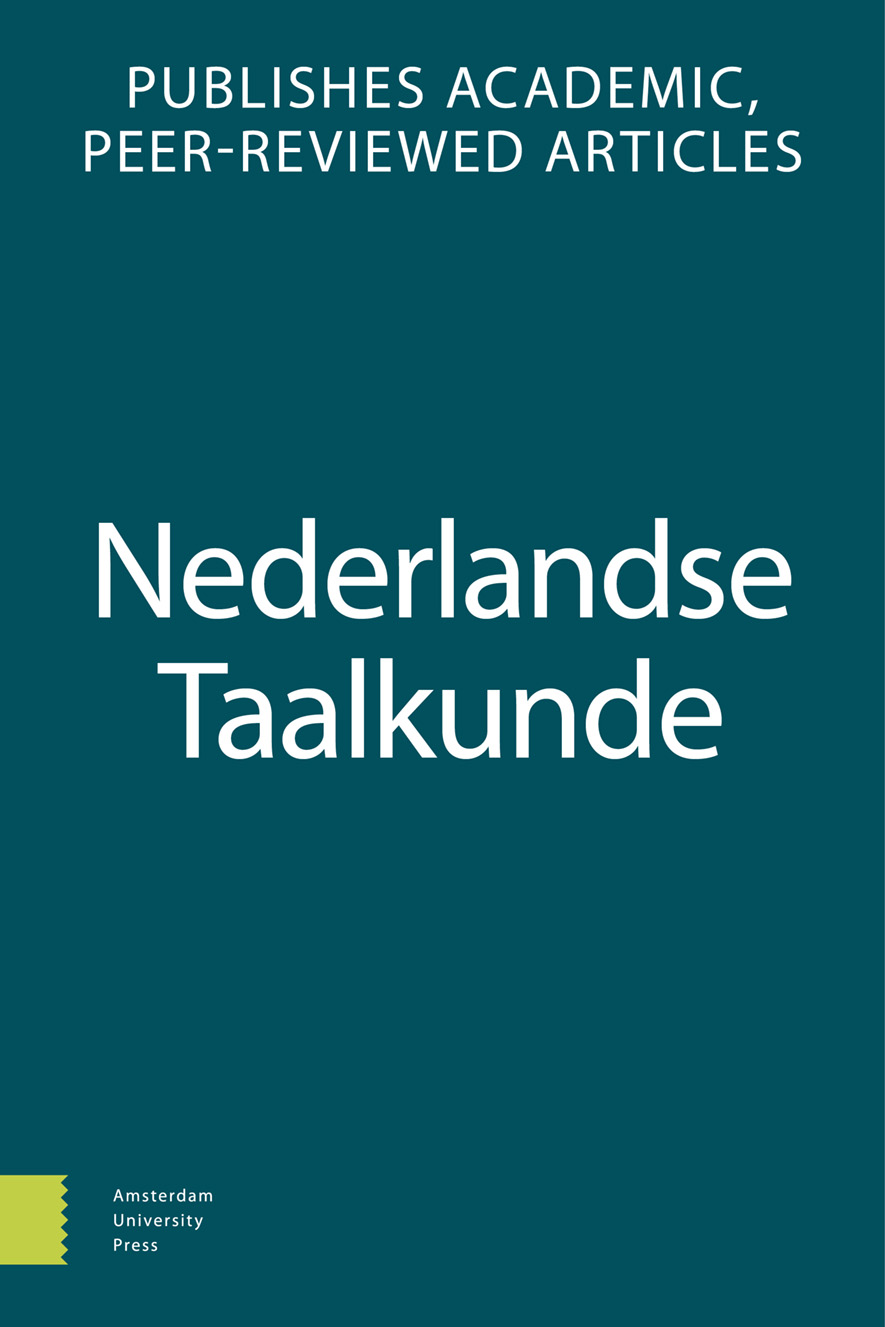-
oa Tussentaal wordt omgangstaal in Vlaanderen
- Amsterdam University Press
- Source: Nederlandse Taalkunde, Volume 14, Issue 1, Apr 2009, p. 8 - 25
Abstract
Can the language of young people in Flanders tell us something about the future look and sound of Dutch in Flanders? To answer that question we start from the results of recent research on the informal language of people between 18 and 24 years old. The recordings used are part of the Corpus Gesproken Nederlands (CGN – Corpus of Spoken Dutch). When asked to hold an informal conversation in standard Dutch, most young people in Flanders will not use standard Dutch, but an intermediate variety between dialect and standard Dutch, the so-called tussentaal (literally: language-in-between). In the eyes of the propagators of the official language policy in Flanders this intermediate variety is unacceptable; people should either use dialect or standard Dutch, but not a mixture of both. In the eyes of the young people the tussentaal is no less than their mother tongue, and perfectly fit for all types of supra-regional informal communication. If urged to use standard Dutch, as with the CGN recordings, they will make a few adjustments – lexical, phonological, morpho-syntactical – to their colloquial speech, but they will not switch to the standard code. This behaviour may be very informative when speculating about the status of Dutch in Flanders. However, if we want to know whether standard Dutch still has a future as a spoken language in Flanders, we need to collect more and better data on the linguistic perception and attitudes of the younger generations in Flanders.


